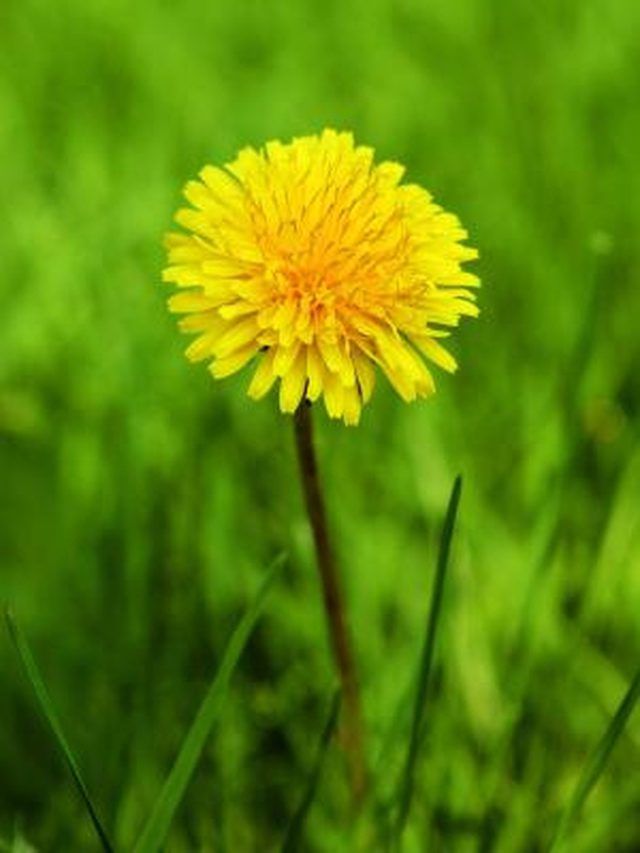Bulbs
Flower Basics
Flower Beds & Specialty Gardens
Flower Garden
Garden Furniture
Garden Gnomes
Garden Seeds
Garden Sheds
Garden Statues
Garden Tools & Supplies
Gardening Basics
Green & Organic
Groundcovers & Vines
Growing Annuals
Growing Basil
Growing Beans
Growing Berries
Growing Blueberries
Growing Cactus
Growing Corn
Growing Cotton
Growing Edibles
Growing Flowers
Growing Garlic
Growing Grapes
Growing Grass
Growing Herbs
Growing Jasmine
Growing Mint
Growing Mushrooms
Orchids
Growing Peanuts
Growing Perennials
Growing Plants
Growing Rosemary
Growing Roses
Growing Strawberries
Growing Sunflowers
Growing Thyme
Growing Tomatoes
Growing Tulips
Growing Vegetables
Herb Basics
Herb Garden
Indoor Growing
Landscaping Basics
Landscaping Patios
Landscaping Plants
Landscaping Shrubs
Landscaping Trees
Landscaping Walks & Pathways
Lawn Basics
Lawn Maintenance
Lawn Mowers
Lawn Ornaments
Lawn Planting
Lawn Tools
Outdoor Growing
Overall Landscape Planning
Pests, Weeds & Problems
Plant Basics
Rock Garden
Rose Garden
Shrubs
Soil
Specialty Gardens
Trees
Vegetable Garden
Yard Maintenance
How to Keep Weeds Out of the Garden
How to Keep Weeds Out of the Garden. Weeds are everywhere, including the garden. Keeping them out is an impossibility because they are already in your soil, and more seeds arrive daily via birds and animals, in the plants you buy and carried on the breeze. Mitigate weeds, however, by making your garden as inhospitable to them as possible.

Weeds are everywhere, including the garden. Keeping them out is an impossibility because they are already in your soil, and more seeds arrive daily via birds and animals, in the plants you buy and carried on the breeze. Mitigate weeds, however, by making your garden as inhospitable to them as possible.
Things You'll Need
Newspaper or cardboard
Mulch
Cover crop seeds
Hoe
Prepare new garden beds by layering instead of by digging. Digging and tilling the soil brings weed seeds to the surface to germinate and compete with desirable plants. Instead, lay a layer of newspaper 20 pages thick or two layers of heavy cardboard over the existing vegetation and pile organic matter on top. Put the coarsest layer, such as twigs, straw or leaves, on the bottom and top with grass clippings, vegetable, wood chips, yard debris, coffee grounds and the like -- the thicker the better. Top with four inches of fine compost mixed with topsoil. Plant shallow-rooted plants, such as vegetables, into this bed immediately or sow a cover crop such as fava beans, buckwheat, crimson clover or vetch to chop down next spring. Weeds that seed into the bed will be easy to pull when young.
Plant thickly. Traditional English perennial borders, where shrubs, perennials, grasses and annuals are planted so closely that no light reaches the ground need little weeding. Plant ornamental garden areas the same way and plant vegetable beds so that the plants are shoulder to shoulder to block weed seeds from germinating. Thin them as they mature. Ground covers planted under plants also compete with weeds and leave little bare soil for them to germinate.
Mulch beds with three or four layers of newspaper arranged around the desirable plants. Cover the paper with 2 to 3 inches of organic mulch, such as shredded bark, shredded leaves, wood chips, straw or pine needles. Renew the mulch each spring and fall. Mulch adds nutrition to the soil and conserves moisture, as well as blocking weed growth.
Pull any weed you see as soon as you see it, before it has the chance to go to seed and spread. Use a scuffle hoe, which you pull along with short, shallow strokes just under the soil, to cut off young weed seedlings in beds. Repeatedly cutting the tops off weeds prevents them from photosynthesizing, weakening them until the roots die. Don't hoe deeply or you will bring more weed seeds to the surface or damage plant roots. Weed when the soil is wet, as weeds pull easier then.